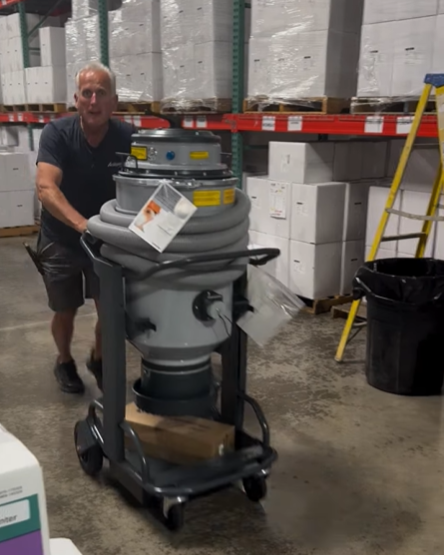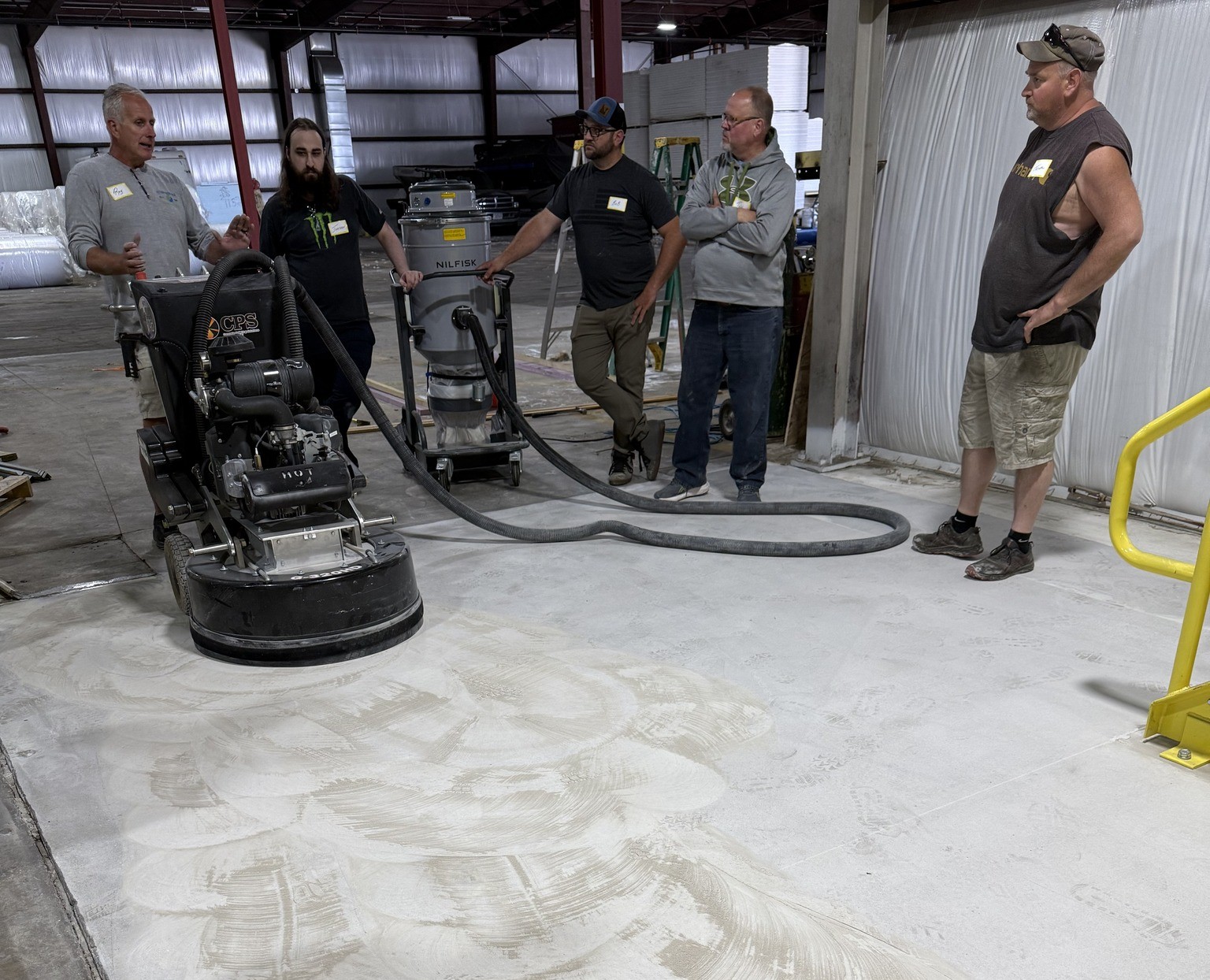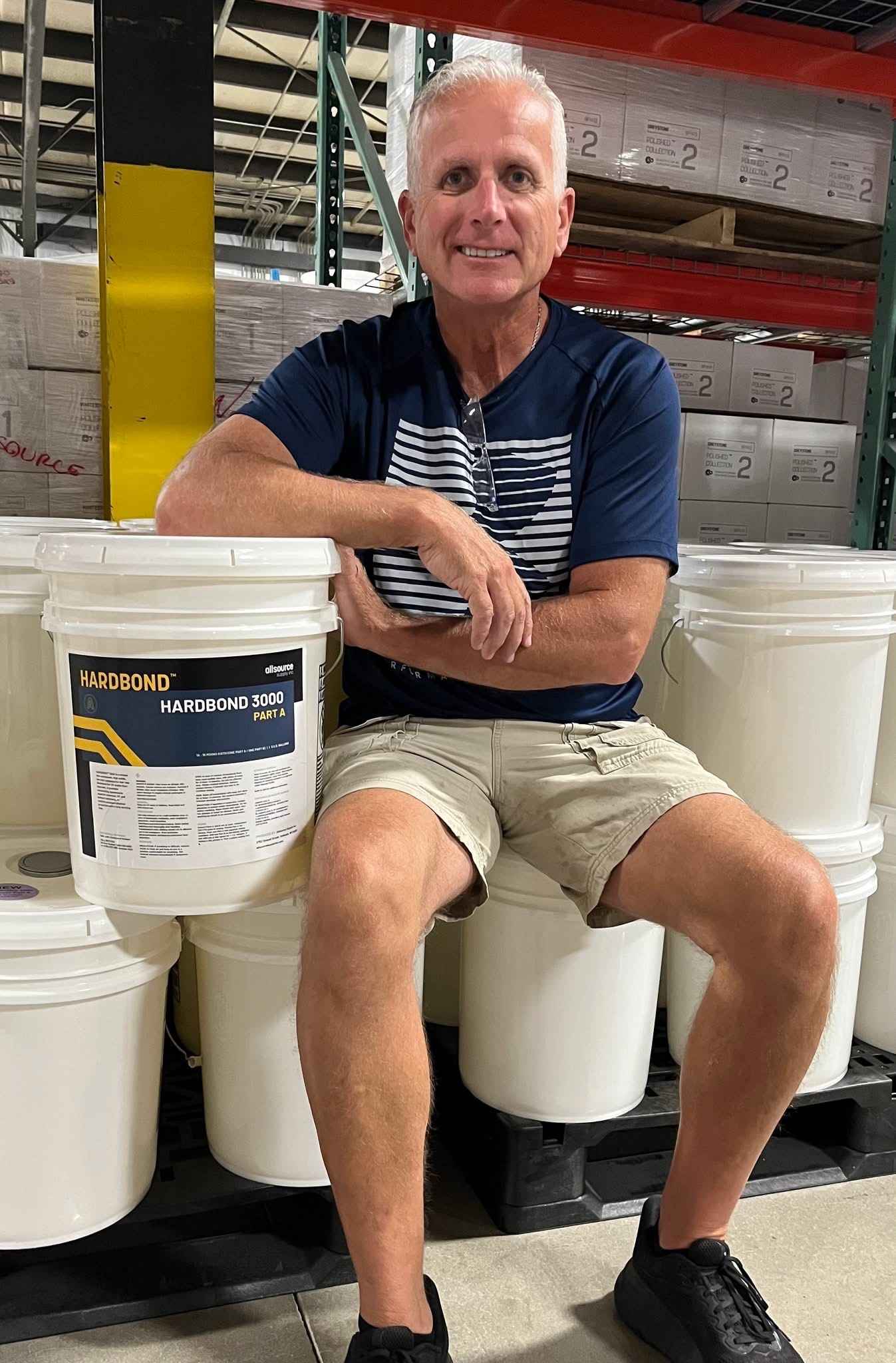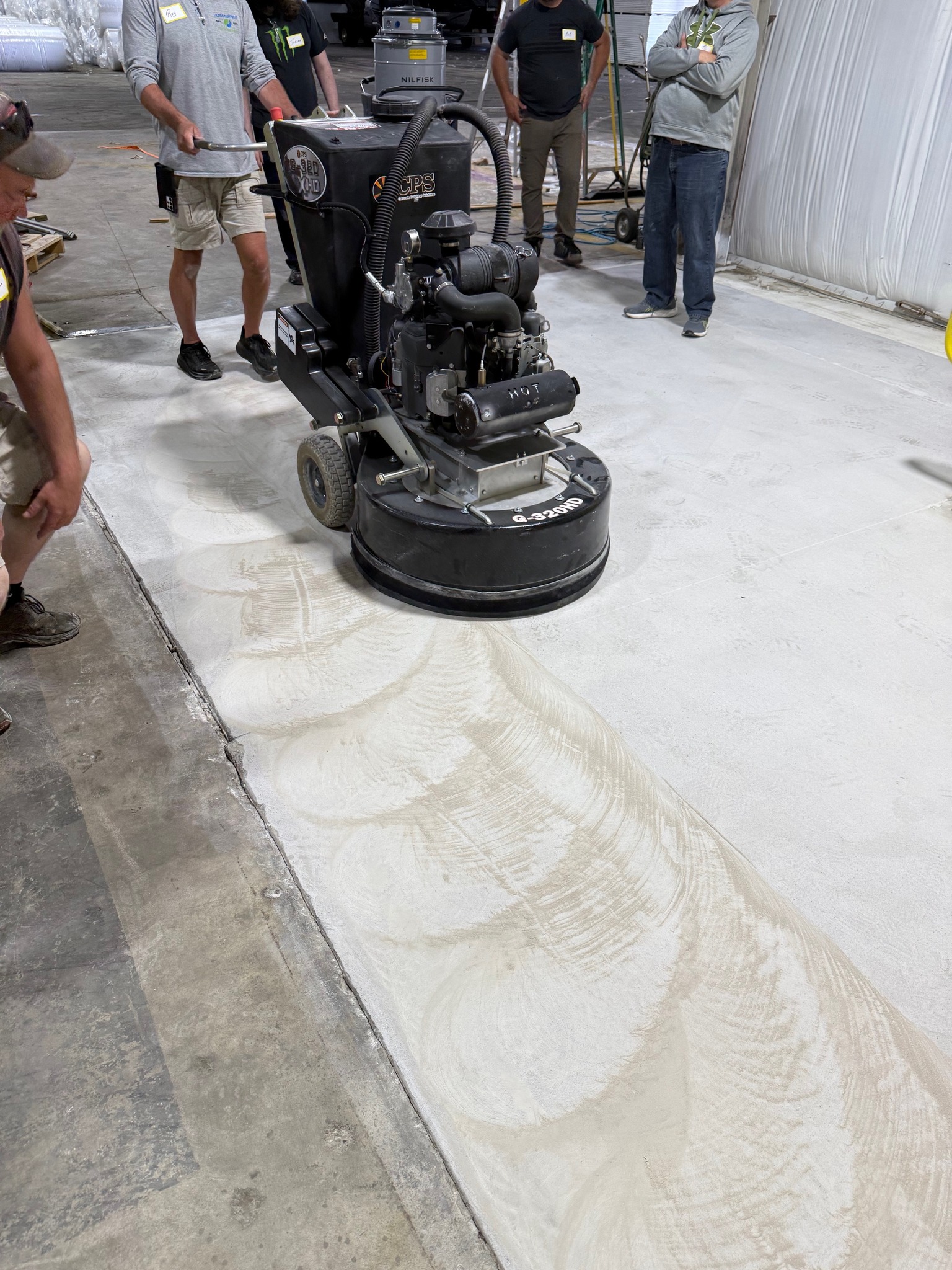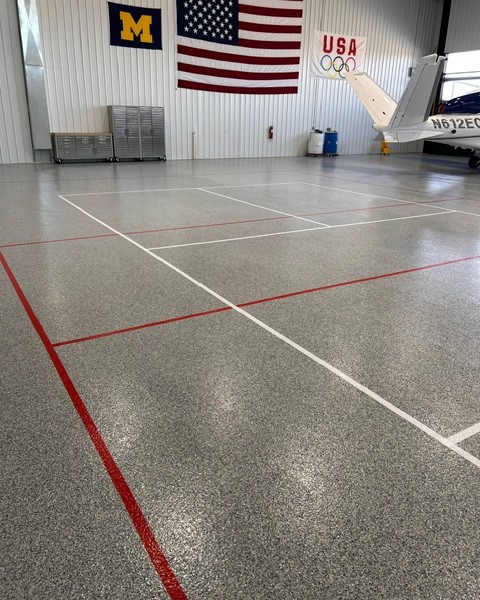Concrete coatings have come a long way lately, giving both homeowners and businesses new options to keep their concrete looking great and lasting longer. For those who work in home services, knowing the latest in concrete coatings can set you apart. Here’s why keeping up...
Read More
At a minimum, the concrete must be clean, dry, and mechanically profiled to a CSP 2–3 using diamond grinding or shot blasting. Proper surface prep also includes degreasing, repairing cracks, testing for moisture, and removing all dust before application.
When it comes to achieving a durable,...
Read More
When it comes to flooring that combines style, strength, and longevity, metallic floor systems are quickly becoming the go-to choice for contractors and property owners alike. These floors don’t just perform, they make a statement.
At All Source Supply Inc., we’re proud to support professionals across...
Read More
As we move into 2026, contractors and concrete coating companies are facing a crucial question: Should I choose polyaspartic or epoxy for my concrete floor projects?
The answer isn’t as simple as it used to be.
Epoxy has been a go-to choice for decades, but polyaspartic coatings...
Read More
As concrete coating professionals, we’re often asked if it’s possible to repair or recoat an existing surface instead of doing a full replacement.
The good news is that yes, it is possible in most cases.
Recoating or repairing is not only achievable but often a more effective...
Read More
Every professional installer knows that a great floor starts with the right foundation. No matter how strong your coating system is, if moisture is trapped beneath the surface, it can lead to peeling, bubbling, and early coating failure.
That’s why All Source Supply offers high-performance Moisture...
Read More
With years of expertise, we explore the most effective methods for safeguarding and enhancing concrete surfaces, including high-quality coatings, penetrating sealers, and proper maintenance strategies.
By implementing these protective measures, property owners can extend the lifespan of their concrete surfaces and prevent costly damage.
Recognizing the Impact
Concrete...
Read More
Weather conditions can make or break a concrete floor coating project.
Factors like temperature, humidity, and moisture exposure significantly impact the installation process, curing time, and long-term durability of the coating. Understanding how different weather elements affect concrete coatings ensures a successful, long-lasting application.
[caption id="attachment_8164" align="aligncenter"...
Read More
When it comes to protecting concrete floors, contractors and property owners alike want solutions that are durable, fast, and versatile. Traditional coatings often fall short—whether it’s long curing times, strong odors, or coatings that simply can’t withstand years of wear. That’s why polyaspartic topcoats are...
Read More
One of the most common issues installers run into is rust coming through a floor coating. What looks like a perfect installation at first can end up with ugly orange-brown stains if the source of the problem isn’t addressed.
The root cause? Moisture vapor movement in...
Read More


